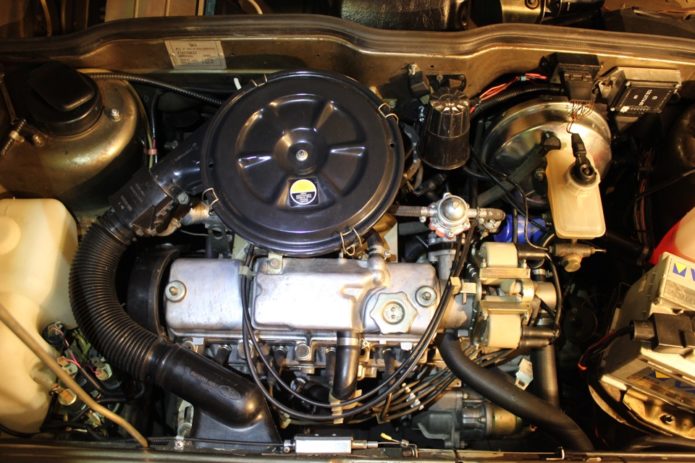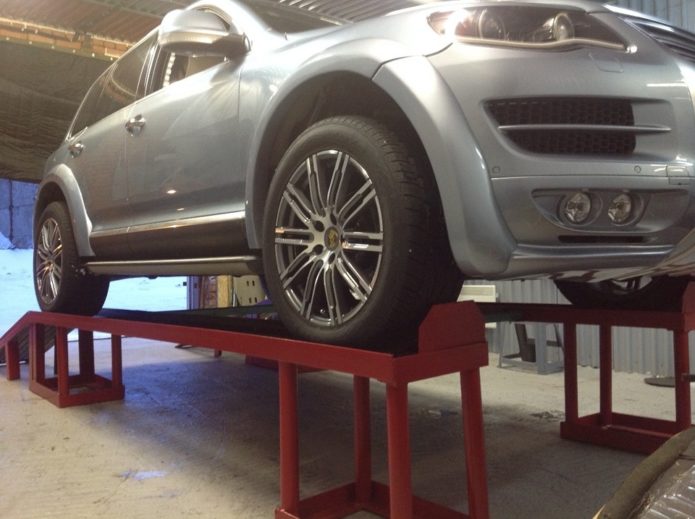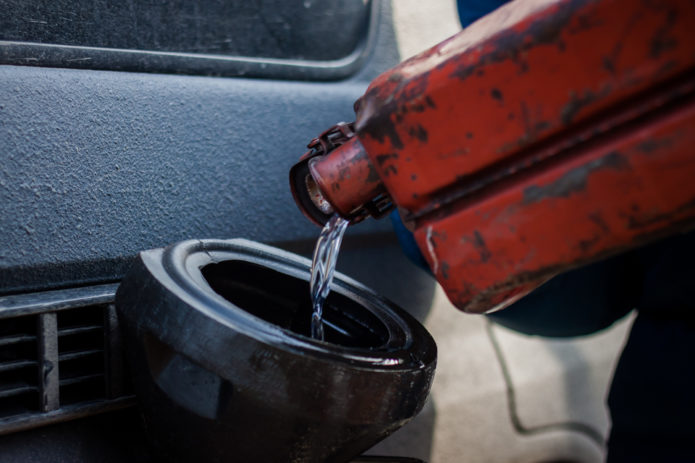
What happens if you put sand in a gas tank?
Many motorists who regularly encounter street vandals and hooligans are concerned about the question of what will happen if sand is poured into the gas tank, and what measures will get rid of the problem or prevent its occurrence.
Impact on the engine and other systems
In modern car models, fuel is not taken from the bottom of the tank, so river sand has time to completely settle and rarely enters the pumping system. Among other things, the new fuel pumps are distinguished by the presence of a special built-in hard filter, which prevents natural sand and other contaminants from entering directly into the pump section.

In the most extreme case, the abrasive substance causes the pump to jam, but most often all the sand is retained by the filter system, nozzles. For example, modern Walbro high-pressure fuel pump models are now equipped with a coarse-grained filter, so the maximum that can happen in the event of sand getting in is faster clogging of the primary filter and a partial reduction in the service life of the main filter, but even in this case, the abrasive does not reach the power unit.

Under natural conditions, after 25–30 km of run, some amount of sediment, including sand, collects on any fuel filters. Engine damage can only be caused by the ingress of a significant amount of abrasive directly into the oil filler neck of the vehicle, as well as when it is poured into the intake manifold. In this case, you will need to disassemble and clean the engine. However, this version of vandalism is unlikely, because it involves a good knowledge of the car and the dismantling of the air filter.
How to get rid of sand in the system
In order to remove sand or other abrasives from the fuel system, the tank is most often completely removed from the vehicle, which is a laborious and lengthy process. Therefore, many experienced vehicle owners and auto mechanics prefer to get rid of dirt in the firebox in simpler and more affordable, but no less effective ways.

Self-cleaning a gas tank involves the presence of a flyover and a standard set of working tools, as well as the purchase of a canister of gasoline. The car is driven onto the overpass, after which an empty container is installed under the tank and a drain plug is removed from the bottom of the fuel system. Such a process is very short and allows you to drain all the gasoline with a certain amount of contaminants and suspensions.

Then the pillow is removed from the rear seat and the location of the gasoline pump is determined, from which all wires must be disconnected. Released from the retaining elements, the pump is carefully unscrewed from the gas tank and carefully removed. In this case, it is advisable to make a complete visual revision of the fuel filter and, if necessary, replace it with a new one.

After dismantling the gasoline pump through a sufficiently large hole, a more thorough cleaning of the inside of the tank is carried out with a soft, lint-free cloth. The assembly of the system is carried out in the reverse order, and the required amount of gasoline from the canister prepared in advance is poured into the already cleaned fuel tank of the car.

In some cases, simply cleaning the fuel filter is sufficient. It must be remembered that cars with a diesel engine are equipped with a device, which, as a rule, is installed above any other elements of the system, in the engine compartment or directly under the bottom of the car. In gasoline types of internal combustion engines, they are located between the fuel tank and the power unit, they function in conjunction with coarse mesh filters of the fuel pump.
The ingress of sand into the gas tank provokes some contamination of the filter system. At the same time, if there is not much sand, no additional steps will be needed to eliminate it, because the consequences are not as dire as they scare on the forums.